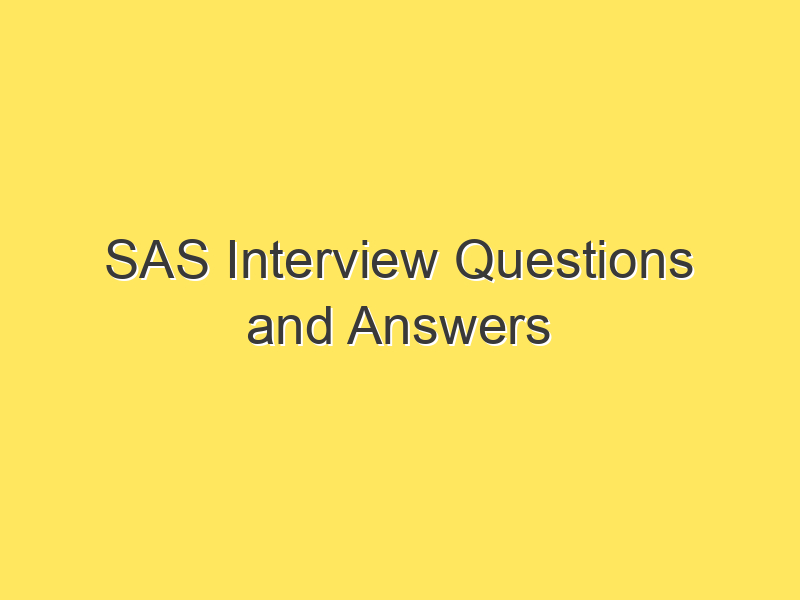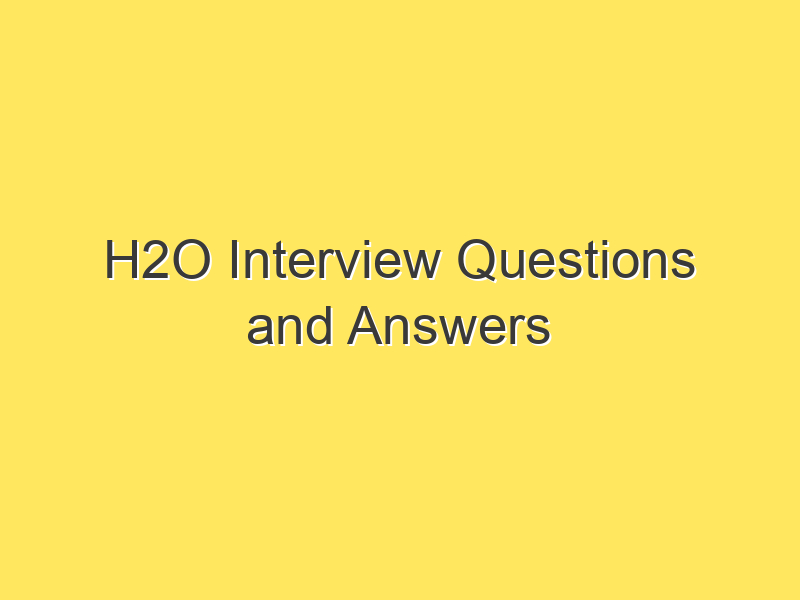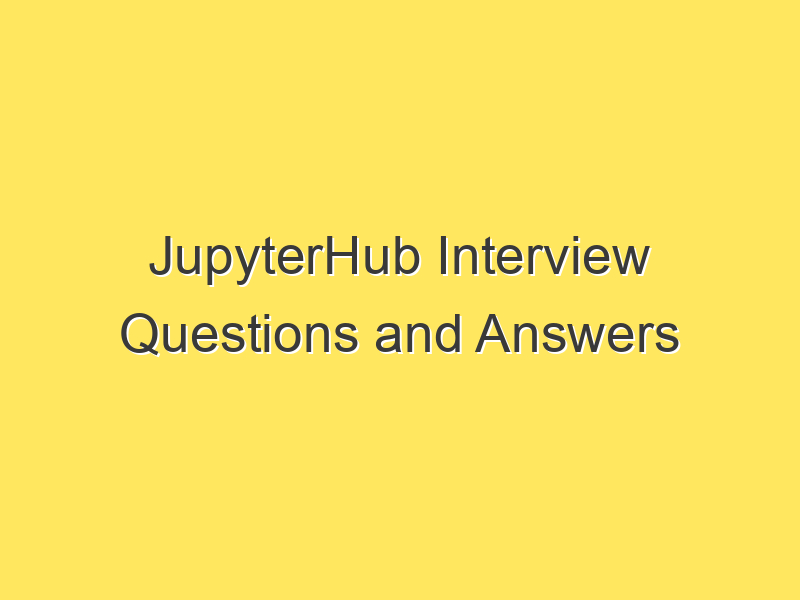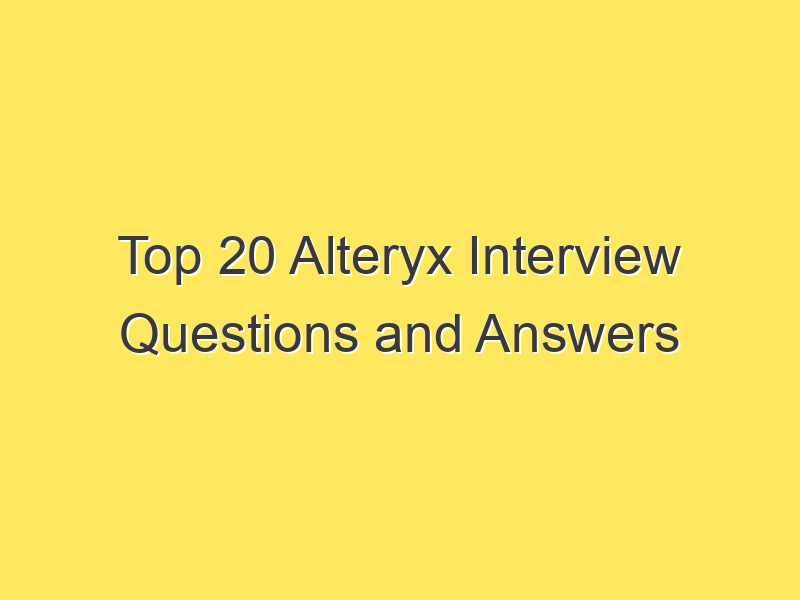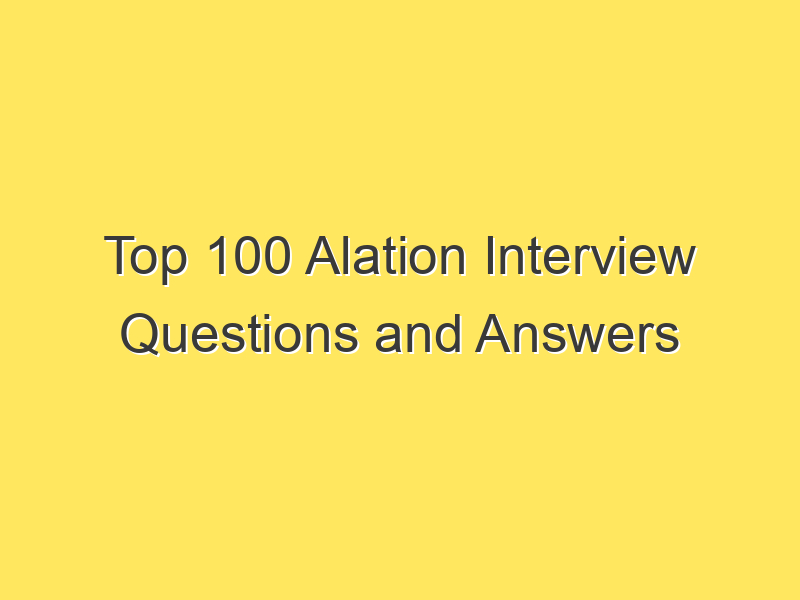SVN Interview Questions and Answers 2023 :
Subversion (SVN) is a widely-used version control system that helps teams manage and track changes to their software projects. If you’re preparing for an SVN interview, it’s essential to be familiar with both the basics and more advanced aspects of SVN. In this article, we’ll provide a list of common SVN interview questions along with detailed answers and examples to help you ace your interview.
Post Contents

Basic SVN Concepts
- What is SVN?
- SVN (Subversion) is a version control system used to manage and track changes in files and directories over time.
- What is a repository in SVN?
- A repository is a central storage location where all versioned files and their history are stored.
- How does SVN differ from Git?
- SVN uses a centralized repository, while Git uses a distributed repository model.
SVN Commands and Operations
- How do you check out a repository in SVN?
- Example:
svn checkout URL
- Example:
- How to add a file to the repository?
- Example:
svn add filename
- Example:
- How to commit changes to the repository?
- Example:
svn commit -m "Commit message"
- Example:
- What is the difference between ‘svn update’ and ‘svn revert’?
svn updateupdates your working copy to the latest version.svn revertdiscards local changes and reverts to the repository version.
- Explain the ‘svn status’ command.
- It shows the status of files in your working copy, indicating changes.
Branching and Merging
- What is branching in SVN?
- Branching creates a copy of the project to work on separate changes without affecting the main codebase.
- How do you create a branch in SVN?
- Example:
svn copy sourceURL destinationURL
- Example:
- Explain merging in SVN.
- Merging combines changes from one branch or source to another.
- How to resolve conflicts during merging?
- Manually edit conflicted files and use
svn resolveto mark conflicts as resolved.
- Manually edit conflicted files and use
Tags and Releases
- What is the purpose of tags in SVN?
- Tags are used to mark specific points in history, such as releases or milestones.
- How do you create a tag in SVN?
- Example:
svn copy sourceURL destinationURL
- Example:
- How are tags different from branches in SVN?
- Tags are typically read-only and used to mark specific points in history, while branches are for active development.
SVN Properties
- Explain SVN properties.
- SVN properties are key-value pairs that can be set on files and directories to store metadata.
- What is the ‘svn:ignore’ property used for?
- It specifies files and directories that should be ignored by SVN.
- How do you set SVN properties?
- Example:
svn propset propertyname value target
- Example:
Repository Administration
- How to back up an SVN repository?
- Regularly create a backup of the repository directory.
- What is ‘svnadmin’?
svnadminis a command-line tool for administering SVN repositories.
- How to create a new SVN repository?
- Example:
svnadmin create /path/to/repository
- Example:
SVN Hooks
- What are SVN hooks?
- SVN hooks are scripts triggered by repository events (e.g., pre-commit, post-commit).
- Give an example of a pre-commit hook.
- A pre-commit hook can be used to enforce coding standards before allowing a commit.
SVN Best Practices
- What are some best practices for using SVN?
- Regularly commit changes.
- Use meaningful commit messages.
- Avoid committing large binary files.
- Keep branches and tags organized.
Advanced SVN Topics
- Explain ‘svn mergeinfo’.
svn mergeinfodisplays information about merges between branches.
- What is ‘sparse directories’ in SVN?
- Sparse directories allow you to checkout only a subset of a repository.
- What is ‘svnsync’?
svnsyncis used for repository mirroring and replication.
Troubleshooting
- How do you resolve a ‘checksum mismatch’ error in SVN?
- Example: Delete the corrupt file and update the working copy.
- What should you do if your working copy becomes locked?
- Check if there’s an SVN process blocking it and resolve the issue.
Remember, when answering these questions in an article, you should provide detailed explanations, examples, and additional insights where applicable. Additionally, it’s essential to keep the article organized and easy to follow, perhaps breaking it down into sections for different topics within SVN.


